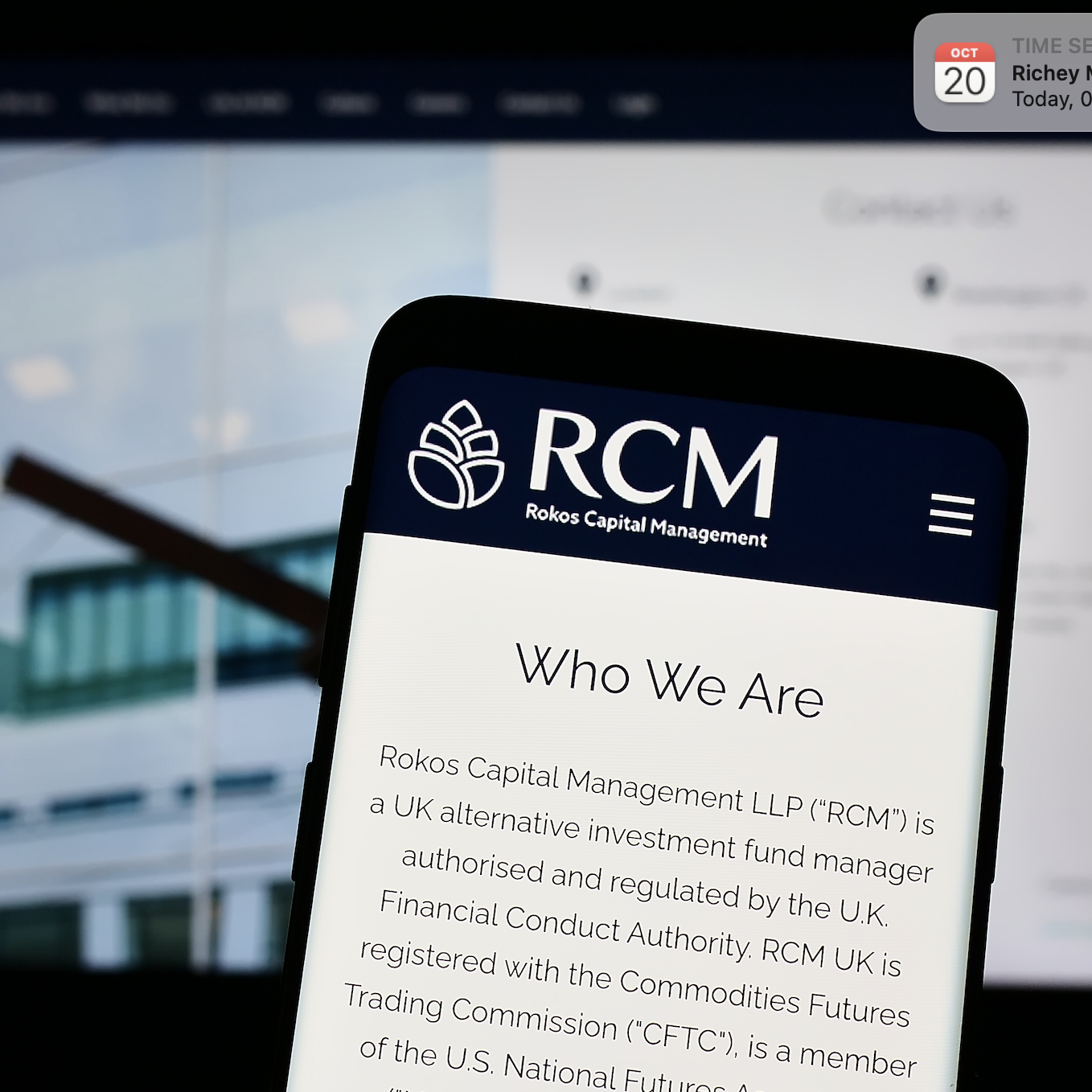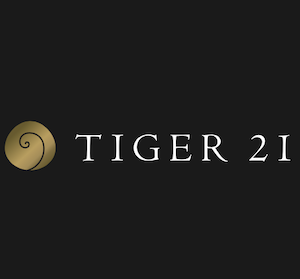US hedge fund equity commission revenue is expected to grow by nine per cent in 2010, rising to USD4 billion, according to the latest estimates released by TABB Group.
According to Matt Simon (pictured), research analyst and author of TABB’s fifth annual hedge fund study – US Hedge Fund Equity Trading 2010: Commissions, Volumes and Traders – the intense competition within the industry to perform is driving the broker selection process, commission levels and allocation of trades to high-touch and low-touch channels. A differentiating factor, he explains, is each fund’s strategy and how they generate their alpha based on trading ideas, quantitative models or a combination of both.
For hedge funds whose alpha is generated by analysts and portfolio managers developing investment themes and views on stocks through research, conversations, industry publications and other forms of unstructured data, TABB categorizes them as idea-driven. Those whose alpha is derived from a systematic implementation of an investment theme are seen as being model-driven.
Idea-driven funds will pay a premium for service and sales trader coverage and spend nearly 30% more in their average blended rate versus a typical mutual fund company,” says Simon. “Model-driven funds, on the other hand, are focused on increasing speed and lowering execution costs. These are high-volume funds using DMA as their primary trading mechanism that represents over 60% of share volume, but only 7% of total commission dollars.”
The fact that assets and leverage are heading in a positive direction means that funds are likely to recoup their share of equity volumes in the near future, says Simon. To be competitive, funds will adapt by relying on nimble infrastructures allowing them to purchase, install and trade based on better information and technology. At the same time, he says, the sell side and vendor communities must continue to provide up-to-date trading platforms and technology to help navigate both the investor and the trader. For model-driven funds, latency will be a motivating factor; for idea-driven funds, access to liquidity.
Looking ahead, Simon says: “There is ample opportunity for the sell-side community to fine-tune their hedge fund value proposition. Those who leverage services of the cash equity desk and prime brokerage relationship into a more holistic engagement will have the best chance of succeeding. Building out components that hedge fund clients value for equity trading will be a primary driver for greater revenue opportunity. Nearly half of the hedge funds tell TABB they expect to pay more in commission dollars to the sell side in 2010 than they did in 2009.”
Generating data for analysis for this fifth annual buy-side trading study, TABB spoke with 57 head traders of US hedge fund companies managing an aggregate USD182.1 billion in assets under management (AUM). Interview-based discussions covered head traders’ views concerning the trading desk and structure, dark pool selection criteria and changes in buy-side budgets and their impact on changing commission rates. The 53-page study with 51 exhibits examines the continued growth of low-touch trading; trends in order allocation across high- and low-touch trading venues; trends and selection criteria in algorithmic trading; and the demand for transparency into electronic trading infrastructure and its impact on broker relationships, leading broker algorithm providers and expectations by hedge fund traders with regard to their sell-side relationships.
Detailed charts and graphs include: share flow and commission rates by execution channel; number of total brokers, brokers by strategy, core brokers, top five brokers, top equity prime brokers, next-tier top five brokers; dark pool and ATS connections, dark pool aggregators and percentage of funds measuring dark pool performance; percentage of firms using broker algos, top three criteria in selecting an algo suite or provider, top five algo providers in commissions and average algorithm commission cost.








